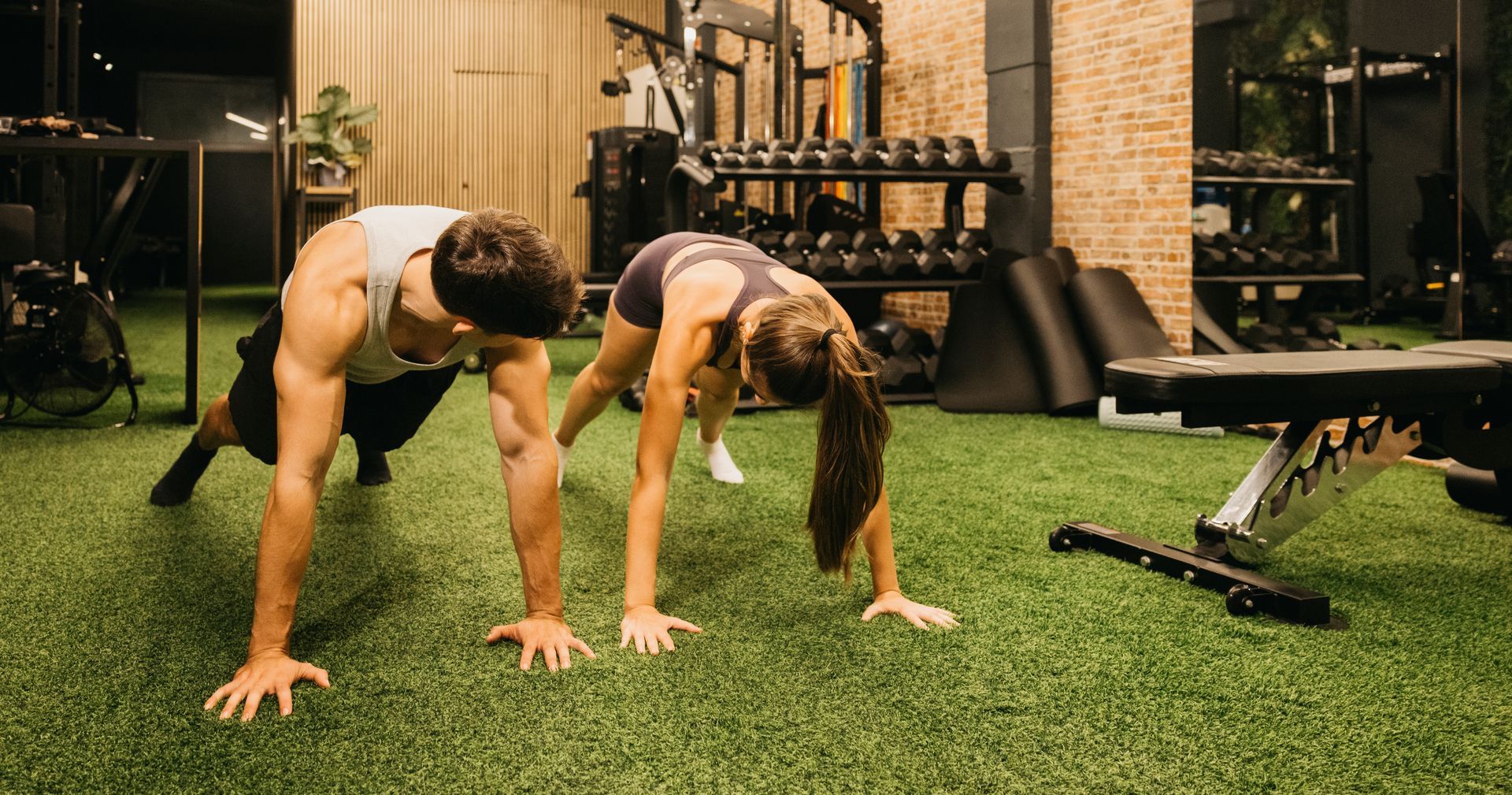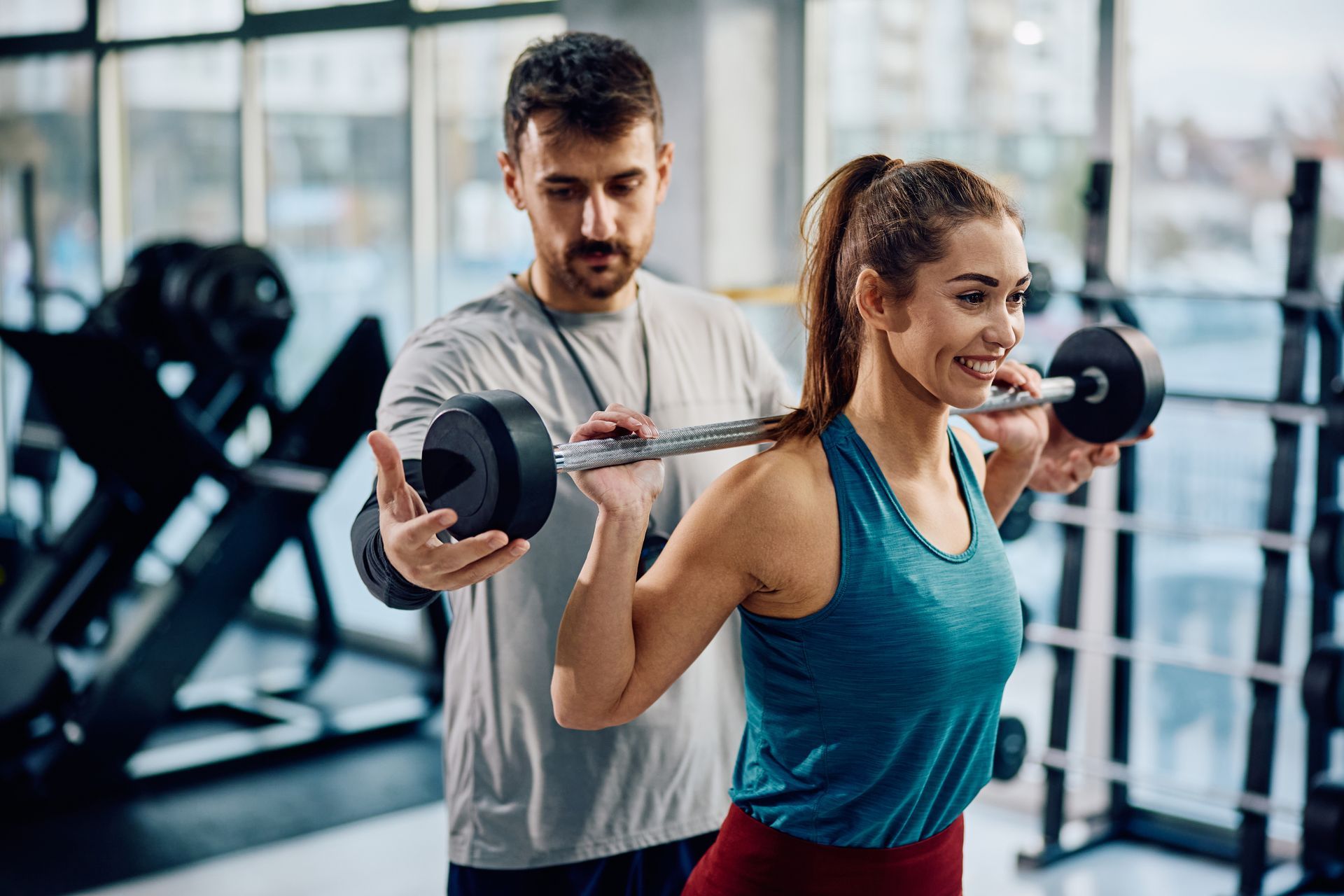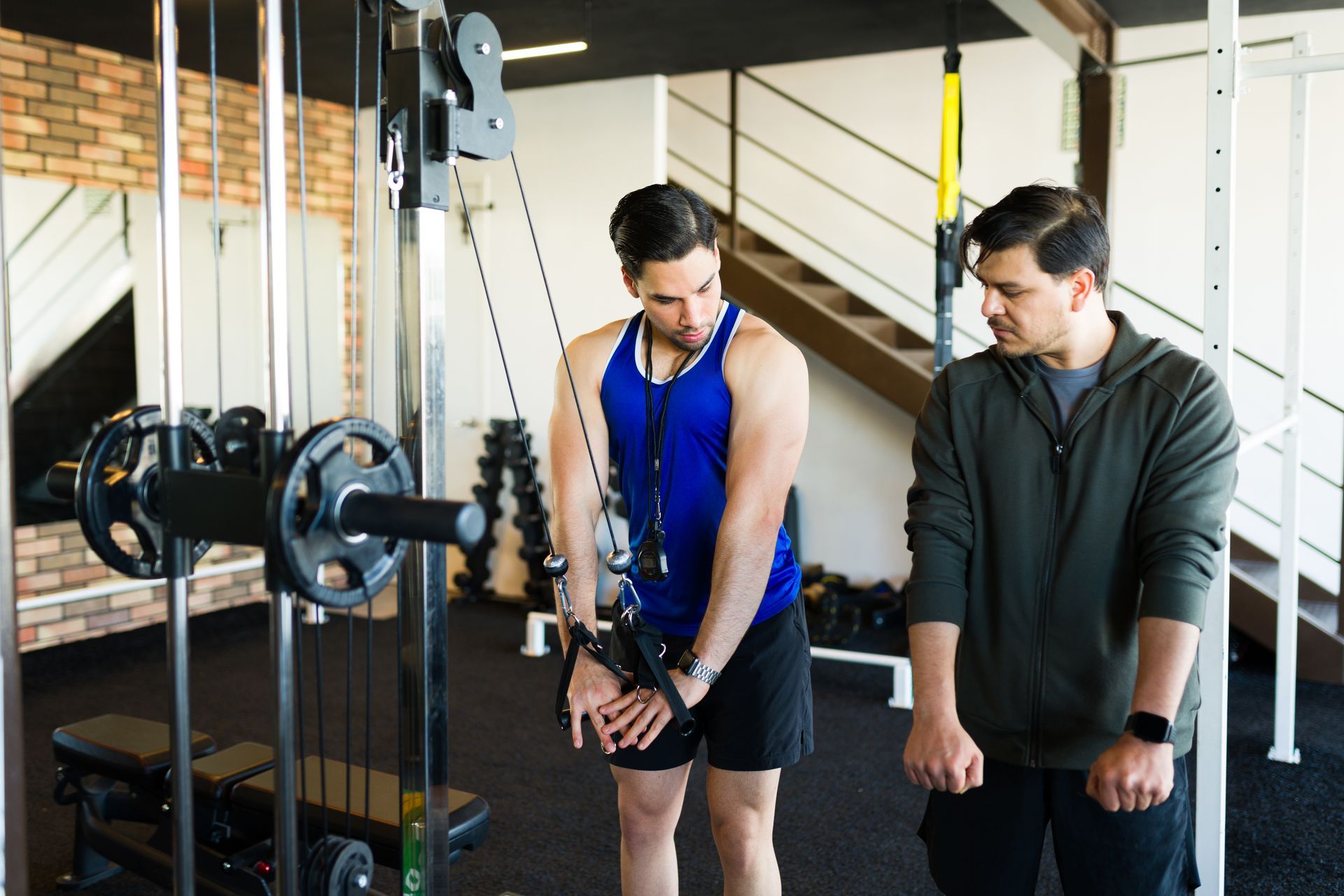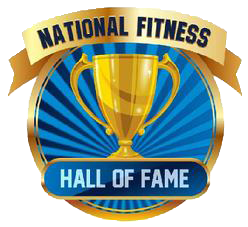November 15, 2022
When Should You Do Cardio?
Wondering when to do cardio for optimal results? This article will help you figure out the best time to work up a sweat.

So, you’re trying to get fit. Congratulations! You’ve made a great decision for your health and wellbeing.
But the question remains: when should you do your cardio?
There are a lot of different opinions out there, so it can be tough to know what’s right for you.
In this blog post, we’ll explore the different options and help you make the best decision for your fitness goals.
Ready to get started? Let’s go!
Should You Do Cardio AT ALL?
It’s common in the hardcore fitness community to say that cardio is a waste of time. After all, isn't the whole point of working out to build muscle? Why would you want to do something that doesn't even help with that?
The truth is, cardio can be a valuable part of your fitness routine for a number of reasons.
The number one reason? It helps to improve your cardiovascular health, which is important for overall health and well-being.
Additionally, cardio can help to increase your endurance and stamina, which can be beneficial for both your physical and mental health. This will also allow you to recovery faster between your sets and perform better in your weight training.
And finally, there is the one most people think of when they think of cardio - it can help to burn calories and fat, which can help in a weight loss journey (but only if the diet is on point).
These are all great reasons to include cardio in your regular training routine, but the question remains...
When Is The Best Time To Do It?
Cardio is a good tool to improve your overall health, but if done incorrectly, it can actually undermine your strength-training performance.
The key is to integrate cardio carefully into your workout routine.
If you do too much cardio (and eat too little), you'll start to lose muscle mass, which will make it harder to build strength.
And if you do cardio at the wrong time, for too long, it can deplete your muscles of energy and rob you of performance.
So how do you find the right balance? Let me give you some insight.
Cardio Before Weights
If you're like most people, you probably think that cardio and weight training are two totally different things. After all, cardio is all about getting your heart rate up and burning calories, while weight training is all about building muscle, right?
Well, it turns out that there is a lot more overlap between these two types of exercise than you might think.
For example, did you know that doing some cardio before weight training can actually be beneficial?
That's right - by doing a few minutes of cardio before lifting weights, you can warm up your body and get your blood pumping. This can help you avoid injury and make the most of your workout.
However, there is such a thing as too much of a good thing - so must NOT overdo it!
If you spend too long on the treadmill or elliptical machine before lifting weights, you'll end up tired and won't be able to give 100% to your workout.
Here's a pre-weights warm-up routine I often use to my advantage, to prime the body for high- intensity performance:
1. Do 5-8 minutes of low to moderate intensity cardio
2. End the cardio with a 30-second sprint
3. Proceed to 5-7 minutes of dynamic stretching, focusing on activating the muscles involved in the day’s weight training
4. Start the weight training exercises, starting light and gradually increasing the weights over the first few sets (warm-up and acclimation sets, low to medium exertion)
5. Start the working sets (high exertion)
Cardio After Weights
Heaving weights around is strenuous work. You've just spent the last hour pushing your body to its limits, and now you're ready to collapse into a heap on the floor.
But wait! Before you do that, you should consider doing some cardio.
Some of the benefits of doing a low intensity post-workout cardio session is it 1) helps to improve your cardiovascular health, 2) gives an extra boost to the circulation of the blood, and 3) can even help to reduce muscle soreness.
Plus, it's a great way to burn off any excess energy that you may have.
So next time you're feeling spent after a workout, don't decide to finish just yet. Instead, try doing some cardio and see how you feel afterwards. Cardio after weight training is ideal for helping to unwind and relax after a vigorous session.
The Verdict
It’s not always necessary to slog away on the treadmill for hours on end if your goal is to lose weight. In fact, too much cardio can actually hinder your progress, AND weight training is perhaps the better option since it helps you maintain muscle mass and is, overall, a more powerful stimulus.
So, when is the best time to do cardio for weight loss?
Do some light cardio before weights to warm up, then proceed to your weight training session, and only after that, consider doing some more extensive cardio.
Try it!





